Home>Furniture & Design>Bathroom Accessories>Why Is My Cat Scratching The Bathtub?
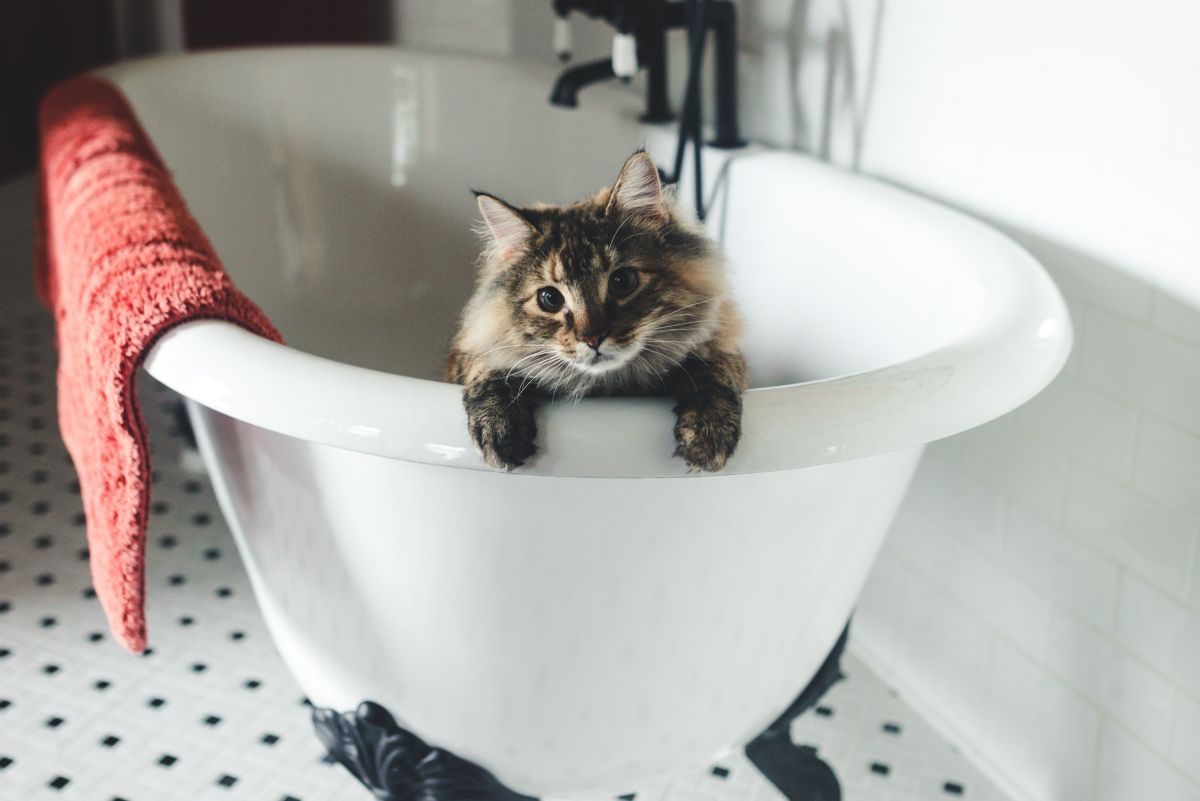

Bathroom Accessories
Why Is My Cat Scratching The Bathtub?
Published: February 20, 2024
Discover why your cat is scratching the bathtub and find the best bathroom accessories to keep your feline friend entertained and your tub scratch-free. Explore solutions now!
(Many of the links in this article redirect to a specific reviewed product. Your purchase of these products through affiliate links helps to generate commission for Storables.com, at no extra cost. Learn more)
Reasons for Scratching
Cats are known for their quirky behaviors, and one puzzling habit that many cat owners encounter is their feline friend scratching the bathtub. While it may seem perplexing at first, there are several reasons why cats exhibit this behavior.
-
Instinctual Behavior: Scratching is a natural instinct for cats. In the wild, they use their claws to mark their territory, stretch their muscles, and maintain their claw health. When a cat scratches the bathtub, it may be attempting to fulfill these innate instincts, even though the bathtub is an unconventional scratching surface.
-
Sensory Stimulation: The texture and material of the bathtub may provide sensory stimulation for the cat. The smooth or rough surface of the bathtub might appeal to the cat's tactile senses, prompting it to engage in scratching as a form of exploration and sensory satisfaction.
-
Seeking Attention: Cats are known for their independent nature, but they also crave attention from their human companions. Scratching the bathtub could be a way for the cat to seek attention, especially if it has learned that this behavior elicits a response from its owner.
-
Stress or Anxiety: Cats may exhibit unusual behaviors, such as scratching the bathtub, when they are experiencing stress or anxiety. Changes in the household, such as moving to a new home or the introduction of a new pet, can trigger stress in cats, leading to atypical behaviors like scratching the bathtub.
-
Boredom: Cats are intelligent and curious animals that require mental and physical stimulation. If a cat is bored or lacks environmental enrichment, it may resort to scratching the bathtub as a way to alleviate boredom and expend energy.
Understanding the reasons behind a cat's bathtub-scratching behavior is the first step toward addressing and modifying this conduct. By recognizing the underlying motivations, cat owners can implement strategies to redirect their feline companions' scratching tendencies in more appropriate and less disruptive ways.
Key Takeaways:
- Cats scratch the bathtub due to instinct, seeking attention, boredom, stress, and sensory stimulation. Understanding these reasons helps redirect their behavior and provide appropriate scratching surfaces for a happier cat.
- To prevent bathtub scratching, provide varied scratching posts, enrich the environment, use positive reinforcement, maintain claw health, and address stress. Creating a supportive and engaging environment promotes positive scratching behaviors in cats.
Read more: Why Does My Cat Scratch The Bathtub
Behavioral Issues
Cats are complex creatures with a wide range of behaviors that can sometimes perplex their human companions. When it comes to scratching the bathtub, behavioral issues may play a significant role in this peculiar conduct. Understanding these behavioral aspects is crucial for cat owners seeking to address and modify their feline friend's scratching behavior.
Seeking Stimulation and Comfort
Scratching the bathtub can be a manifestation of a cat's need for stimulation and comfort. Cats are tactile creatures, and the sensation of scratching against the surface of the bathtub may provide them with a form of physical and mental stimulation. The texture and material of the bathtub, whether smooth or rough, can offer a unique sensory experience for the cat, prompting it to engage in this behavior as a means of seeking comfort and sensory satisfaction.
Territorial Marking and Communication
Another behavioral aspect that contributes to bathtub scratching is the innate instinct of cats to mark their territory. In the wild, cats use scratching as a means of leaving both a visual mark and a scent from the glands in their paws. When a cat scratches the bathtub, it may be attempting to assert its territorial presence within the household, even though the bathtub is an unconventional marking surface. Additionally, scratching can serve as a form of communication, allowing the cat to leave its scent and visual marks as a means of expressing its presence and ownership of the space.
Attention-Seeking Behavior
Cats are known for their independent nature, but they also seek attention and interaction with their human companions. Scratching the bathtub can be a way for a cat to garner attention, especially if it has learned that this behavior elicits a response from its owner. By scratching the bathtub, the cat may be signaling its need for engagement and interaction, seeking to draw attention to itself through this unconventional behavior.
Read more: Why Is My Cat Laying In The Bathtub
Stress and Anxiety
Behavioral issues such as stress and anxiety can also prompt a cat to scratch the bathtub. Cats are sensitive to changes in their environment, and stressful situations such as moving to a new home, the introduction of a new pet, or changes in the household dynamics can lead to anxiety in cats. In response to this anxiety, cats may exhibit unusual behaviors, including scratching the bathtub, as a way of coping with their emotional distress.
Understanding the behavioral motivations behind a cat's bathtub-scratching behavior is essential for cat owners. By recognizing the underlying behavioral factors, pet owners can take proactive measures to address their cat's needs and create an environment that promotes positive and appropriate scratching behaviors.
Physical Health Concerns
Cats are known for their agility and grace, but they are also susceptible to various physical health concerns that can manifest in unexpected behaviors, such as scratching the bathtub. When a cat exhibits unusual scratching behaviors, it may indicate underlying physical health issues that require attention and care from pet owners.
Skin Irritation and Itchiness
One of the primary physical health concerns that can lead to bathtub scratching in cats is skin irritation and itchiness. Skin conditions, such as allergies, dermatitis, or parasitic infestations, can cause discomfort and itchiness in cats, prompting them to seek relief through scratching. The smooth surface of the bathtub may offer a soothing sensation for the cat, providing temporary relief from the discomfort caused by skin irritation.
Claw Health and Maintenance
Another physical aspect to consider is the health and maintenance of the cat's claws. Cats rely on scratching to maintain the health of their claws, as it helps remove the outer sheath of the claws and keeps them sharp and functional. If a cat's claws are overgrown, damaged, or experiencing discomfort, it may resort to scratching the bathtub as a way to address these issues. Additionally, older cats or those with mobility issues may find it challenging to access traditional scratching posts, leading them to utilize alternative surfaces like the bathtub for claw maintenance.
Read more: Why Does My Cat Scratch Glass And Mirrors
Musculoskeletal Pain or Discomfort
Musculoskeletal pain or discomfort can also contribute to a cat's inclination to scratch the bathtub. Cats may experience joint pain, arthritis, or muscular discomfort, especially in older or less mobile felines. Scratching against the bathtub's surface may provide cats with a means of stretching their muscles and relieving discomfort in their joints, similar to how humans engage in stretching exercises to alleviate stiffness and discomfort.
Neurological Conditions
In some cases, neurological conditions can influence a cat's scratching behavior. Cats suffering from neurological issues, such as neuropathy or nerve-related discomfort, may exhibit unusual scratching behaviors as a manifestation of their underlying neurological challenges. Scratching the bathtub may provide sensory stimulation or relief from neurological discomfort, albeit in an unconventional manner.
Understanding the potential physical health concerns that may contribute to a cat's bathtub-scratching behavior is crucial for pet owners. By recognizing these underlying health factors, cat owners can seek veterinary guidance to address their feline companion's physical well-being and ensure that any health-related issues are appropriately managed and treated.
Environmental Factors
Environmental factors play a significant role in influencing a cat's behavior, including the peculiar habit of scratching the bathtub. Understanding the environmental elements that contribute to this behavior is essential for cat owners seeking to create a harmonious and enriching living space for their feline companions.
Household Dynamics
The dynamics within the household can greatly impact a cat's behavior. Changes such as the introduction of a new pet, the arrival of a baby, or alterations in the daily routine can create stress and anxiety for cats. In response to these changes, cats may exhibit unusual behaviors, including scratching the bathtub, as a way of coping with the disruptions in their environment. Maintaining a stable and predictable household routine, providing ample enrichment, and ensuring that cats have their own safe spaces can help alleviate stress and minimize the likelihood of bathtub scratching.
Read more: Why Does My Cat Scratch The Litter Box
Scratching Post Availability
The availability and accessibility of appropriate scratching surfaces within the home environment can influence a cat's scratching behavior. If a cat lacks suitable scratching posts or surfaces that cater to its scratching preferences, it may resort to unconventional alternatives such as the bathtub. Providing a variety of scratching posts with different textures and orientations can encourage cats to engage in appropriate scratching behaviors and deter them from targeting unsuitable surfaces like the bathtub.
Environmental Enrichment
Environmental enrichment plays a crucial role in promoting a cat's physical and mental well-being. An enriched environment offers opportunities for play, exploration, and mental stimulation, reducing the likelihood of boredom and stress-related behaviors. Interactive toys, vertical spaces for climbing, hiding spots, and window perches can enrich a cat's environment, providing outlets for natural behaviors and reducing the inclination to scratch the bathtub out of boredom or frustration.
Human Interaction and Engagement
Cats thrive on interaction and engagement with their human companions. Adequate playtime, interactive sessions, and positive reinforcement can strengthen the bond between cats and their owners while fulfilling the cats' social and cognitive needs. Engaging in interactive play and providing mental stimulation can redirect a cat's focus away from bathtub scratching and channel its energy into more appropriate and fulfilling activities.
Multi-Cat Dynamics
For households with multiple cats, the dynamics between feline companions can influence individual behaviors, including scratching. Cats may engage in bathtub scratching as a means of communication or territorial assertion within the multi-cat environment. Creating a harmonious and enriched living space for all resident cats, including providing separate resources and spaces for each cat, can help mitigate potential conflicts and reduce the likelihood of bathtub scratching as a behavioral response to inter-cat dynamics.
Understanding and addressing the environmental factors that contribute to a cat's bathtub-scratching behavior is pivotal for creating a supportive and enriching environment that promotes positive feline behaviors. By considering the household dynamics, providing appropriate scratching resources, enriching the living space, and fostering positive interactions, cat owners can effectively address and mitigate the environmental influences that may trigger bathtub scratching in their feline companions.
Read more: Why Does My Cat Get In The Bathtub
Solutions for Preventing Scratching
Addressing a cat's bathtub-scratching behavior requires a multifaceted approach that encompasses environmental modifications, behavioral redirection, and proactive measures to promote positive scratching habits. By implementing the following solutions, cat owners can effectively deter their feline companions from scratching the bathtub while fostering appropriate scratching behaviors.
Provide Appropriate Scratching Surfaces
Offering a variety of scratching posts and surfaces that cater to a cat's preferences is essential. These surfaces should include different textures, orientations, and heights to accommodate various scratching styles. Sisal, carpet, cardboard, and wood are popular scratching post materials that can appeal to different cats. Placing scratching posts strategically in areas where the cat frequently scratches, such as near the bathtub, can redirect the cat's scratching behavior to more suitable surfaces.
Environmental Enrichment
Enriching the cat's environment with interactive toys, climbing structures, hiding spots, and window perches can alleviate boredom and provide mental stimulation. Engaging the cat in interactive play sessions and providing puzzle feeders can redirect its focus and energy away from bathtub scratching. Additionally, dedicating time for daily play and bonding activities can strengthen the human-cat relationship and fulfill the cat's social and cognitive needs.
Positive Reinforcement and Deterrents
Using positive reinforcement techniques, such as rewarding the cat for using appropriate scratching surfaces, can encourage desired behaviors. Treats, praise, and interactive play sessions can reinforce the cat's use of designated scratching posts. Conversely, deterrents such as double-sided tape or citrus-scented sprays can be applied to the bathtub surface to discourage scratching. It's important to note that deterrents should not cause distress to the cat but rather redirect its scratching behavior to more suitable areas.
Read more: Why Does My Cat Poop In My Bathtub?
Regular Claw Maintenance
Ensuring that the cat's claws are appropriately trimmed can minimize the need for excessive scratching. Regular claw trimming by a veterinarian or a trained professional can prevent overgrown claws, reducing the cat's inclination to seek alternative scratching surfaces like the bathtub. Additionally, providing scratching posts with different textures can help maintain the cat's claw health and prevent discomfort associated with overgrown or damaged claws.
Addressing Stress and Anxiety
Creating a calm and predictable environment is crucial for reducing stress-related scratching behaviors. Minimizing household disruptions, providing individual spaces for multi-cat households, and maintaining a consistent daily routine can alleviate stress and anxiety in cats. For cats experiencing significant anxiety, pheromone diffusers or calming aids recommended by a veterinarian can help promote a sense of security and reduce the likelihood of stress-induced scratching.
By incorporating these solutions into the cat's living environment and daily routine, cat owners can effectively address and prevent bathtub scratching while promoting positive scratching behaviors. Understanding the cat's needs, providing appropriate resources, and fostering a supportive and enriching environment are key components of mitigating unwanted scratching behaviors and enhancing the overall well-being of feline companions.
Frequently Asked Questions about Why Is My Cat Scratching The Bathtub?
Was this page helpful?
At Storables.com, we guarantee accurate and reliable information. Our content, validated by Expert Board Contributors, is crafted following stringent Editorial Policies. We're committed to providing you with well-researched, expert-backed insights for all your informational needs.
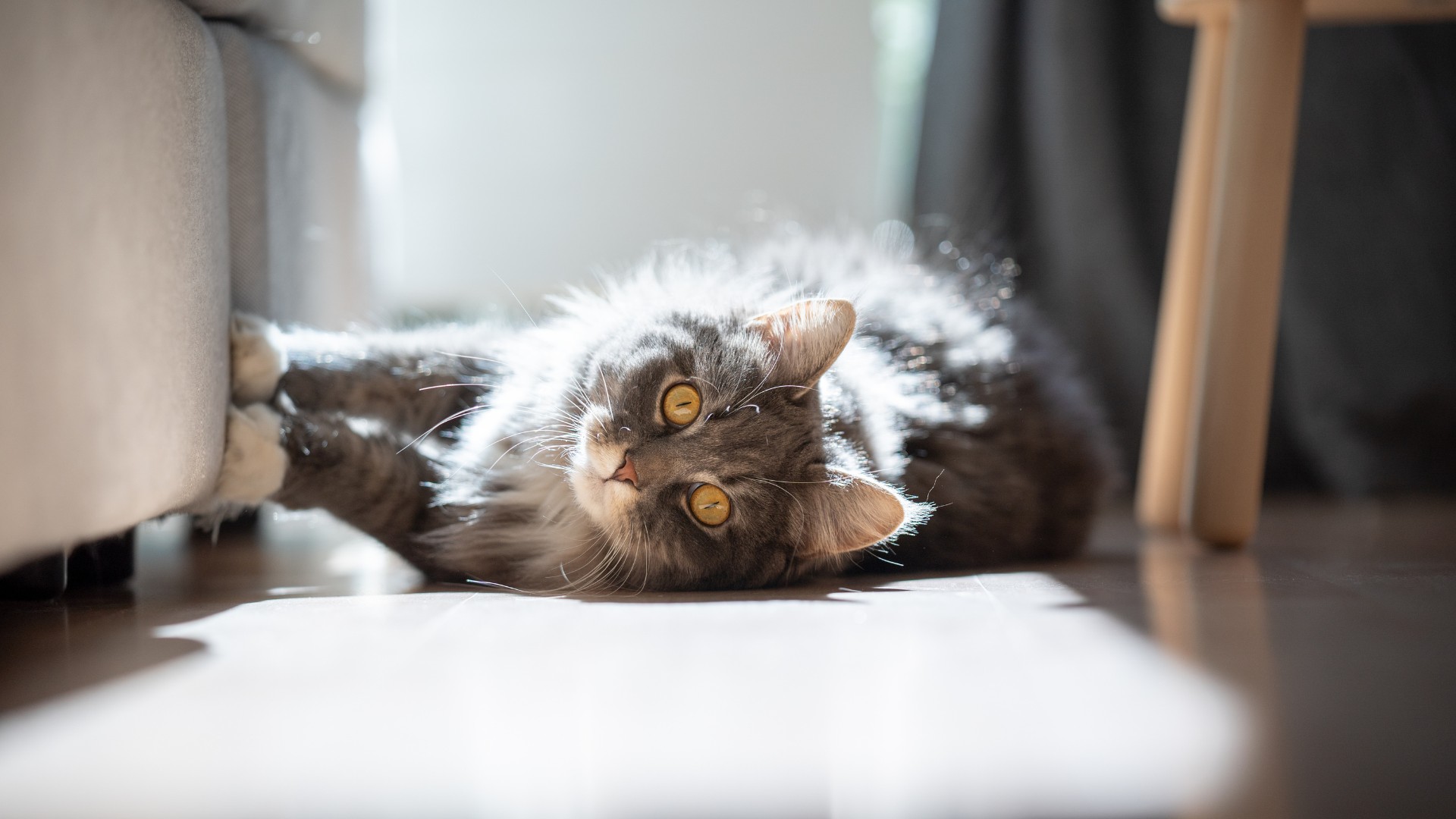
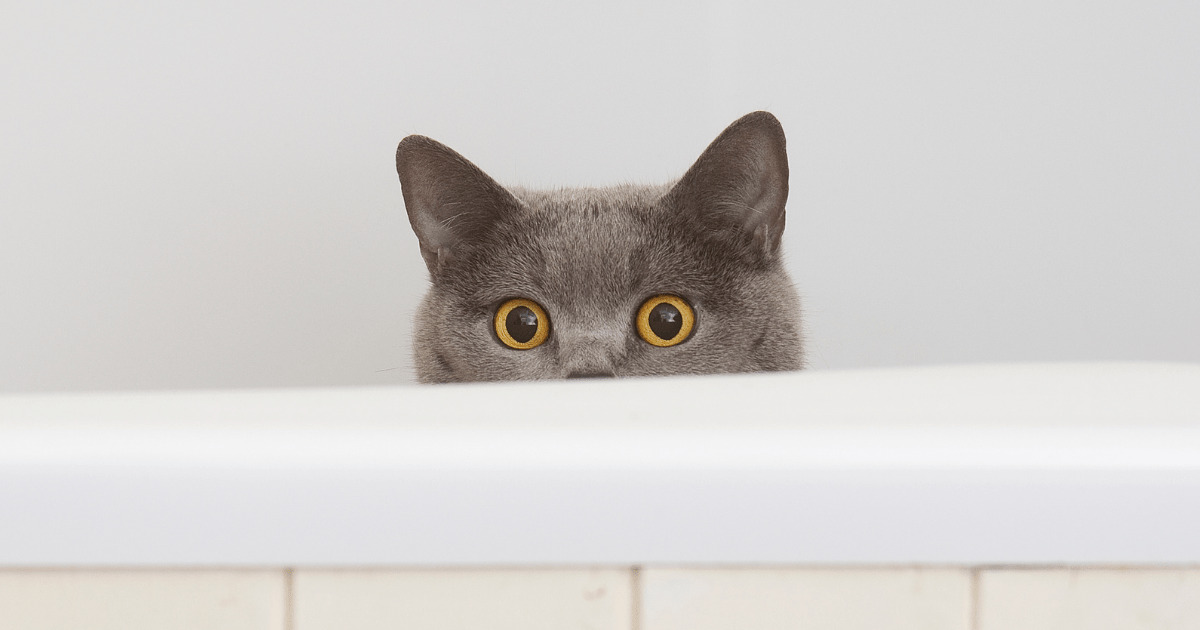
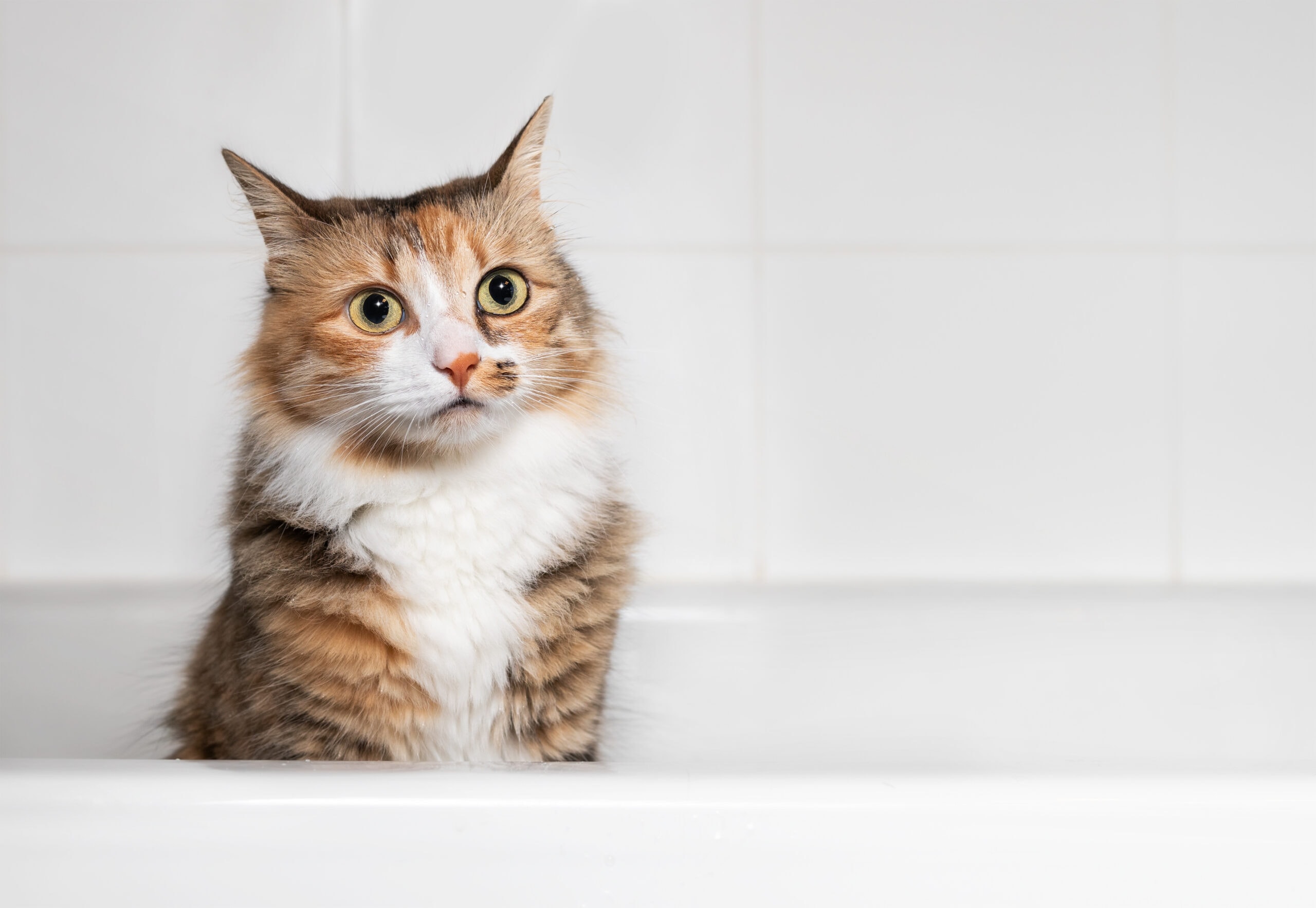
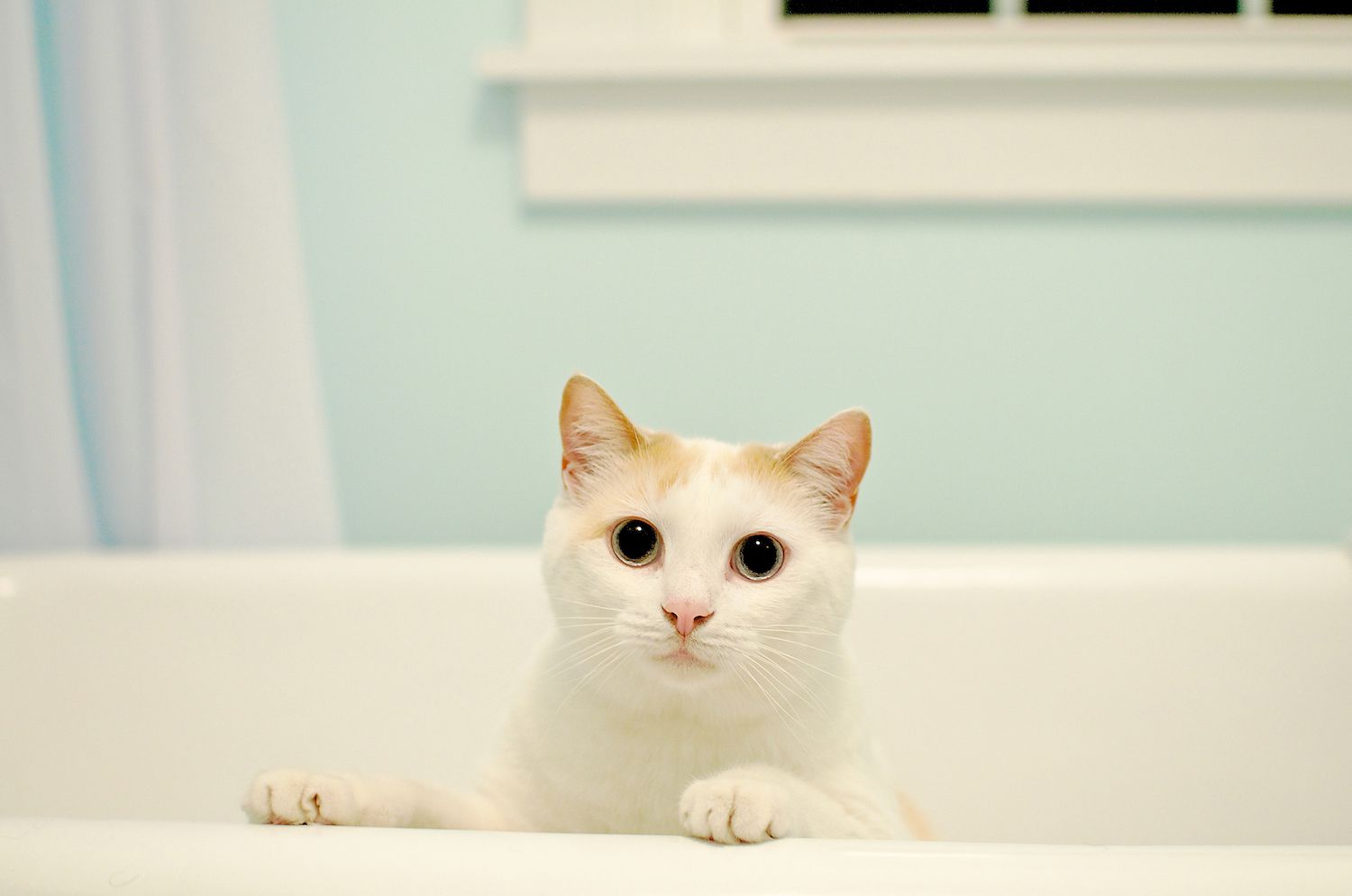
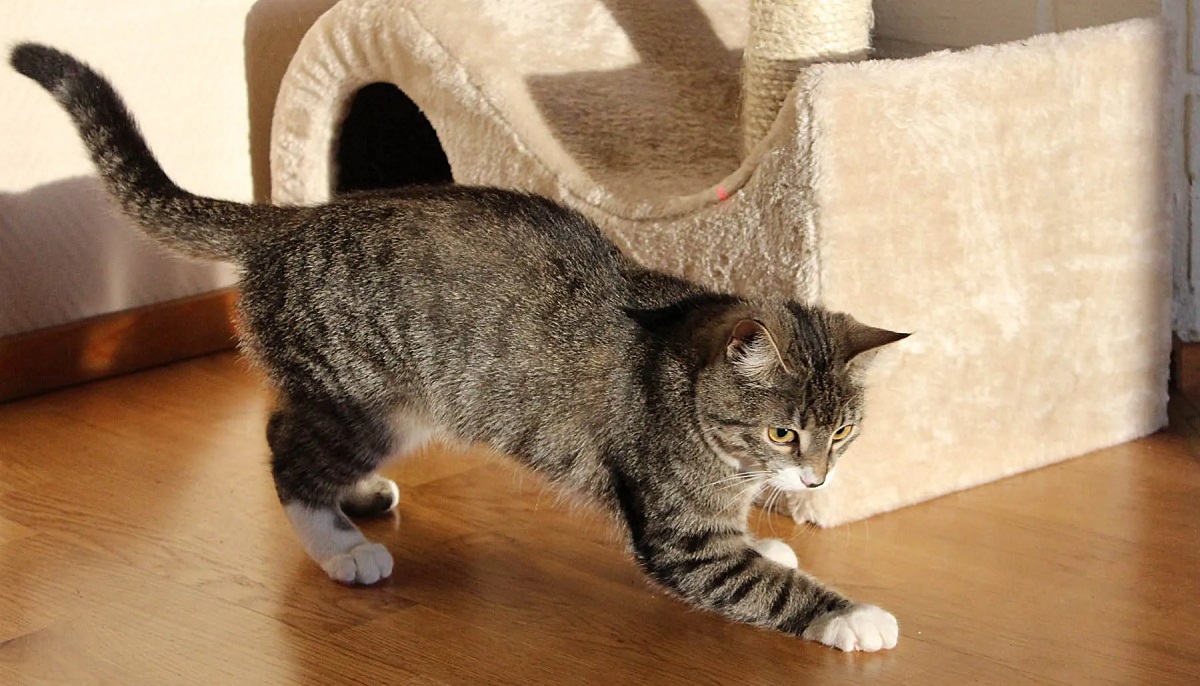
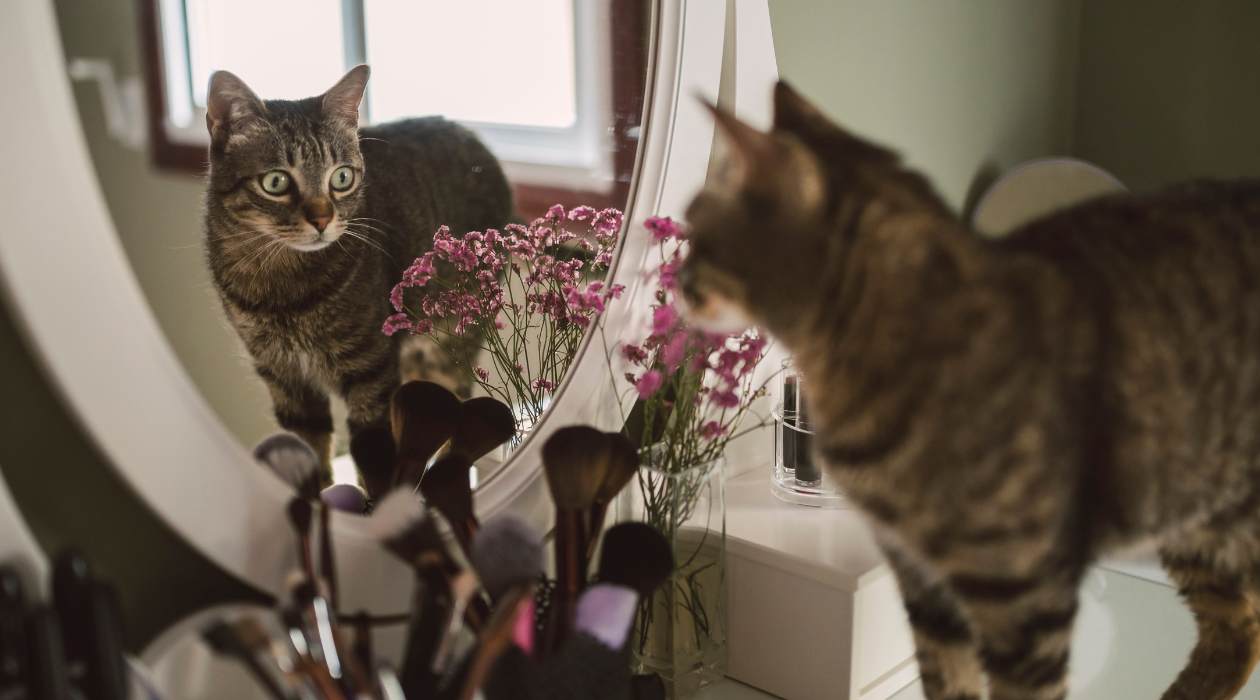
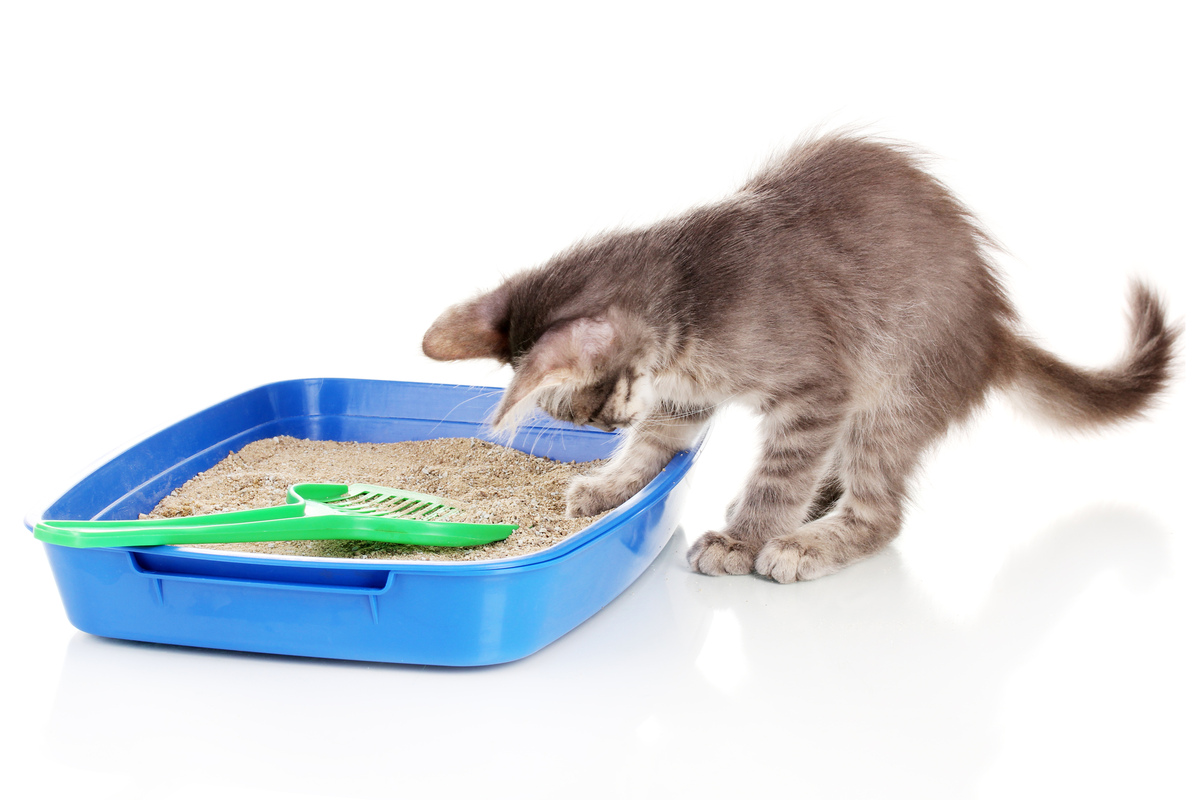
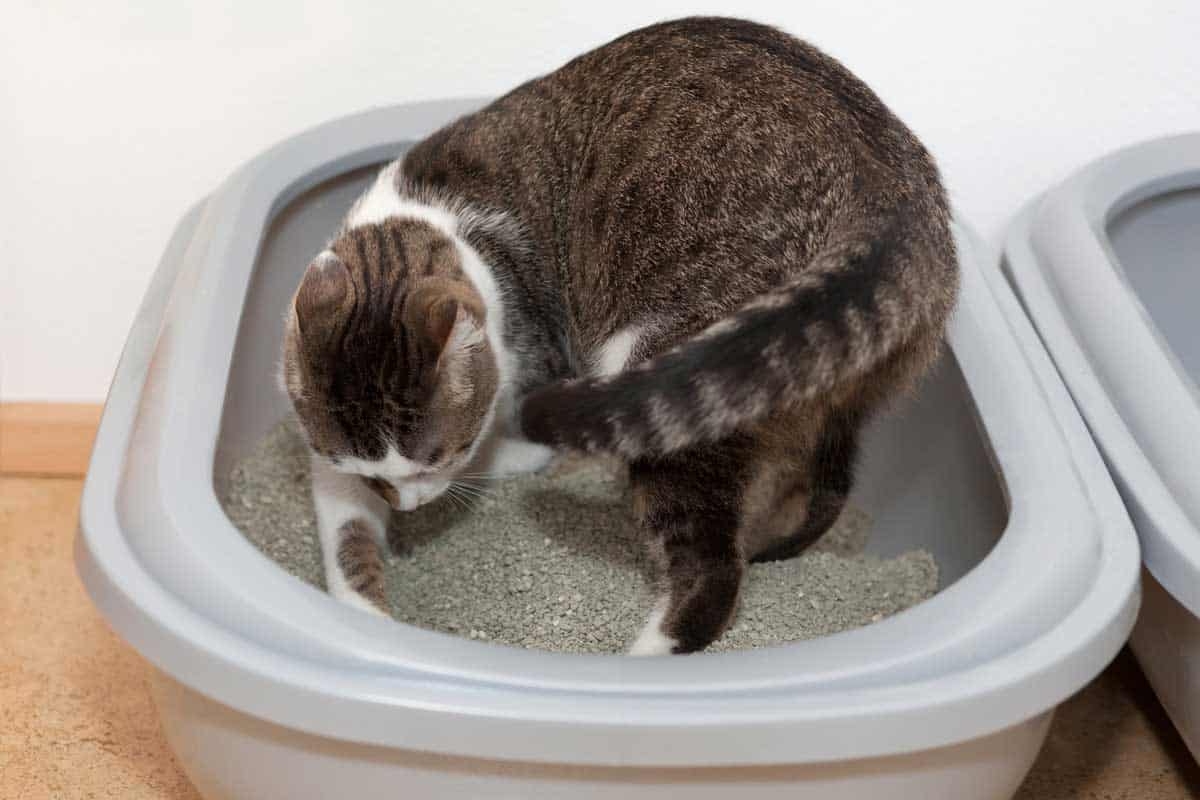
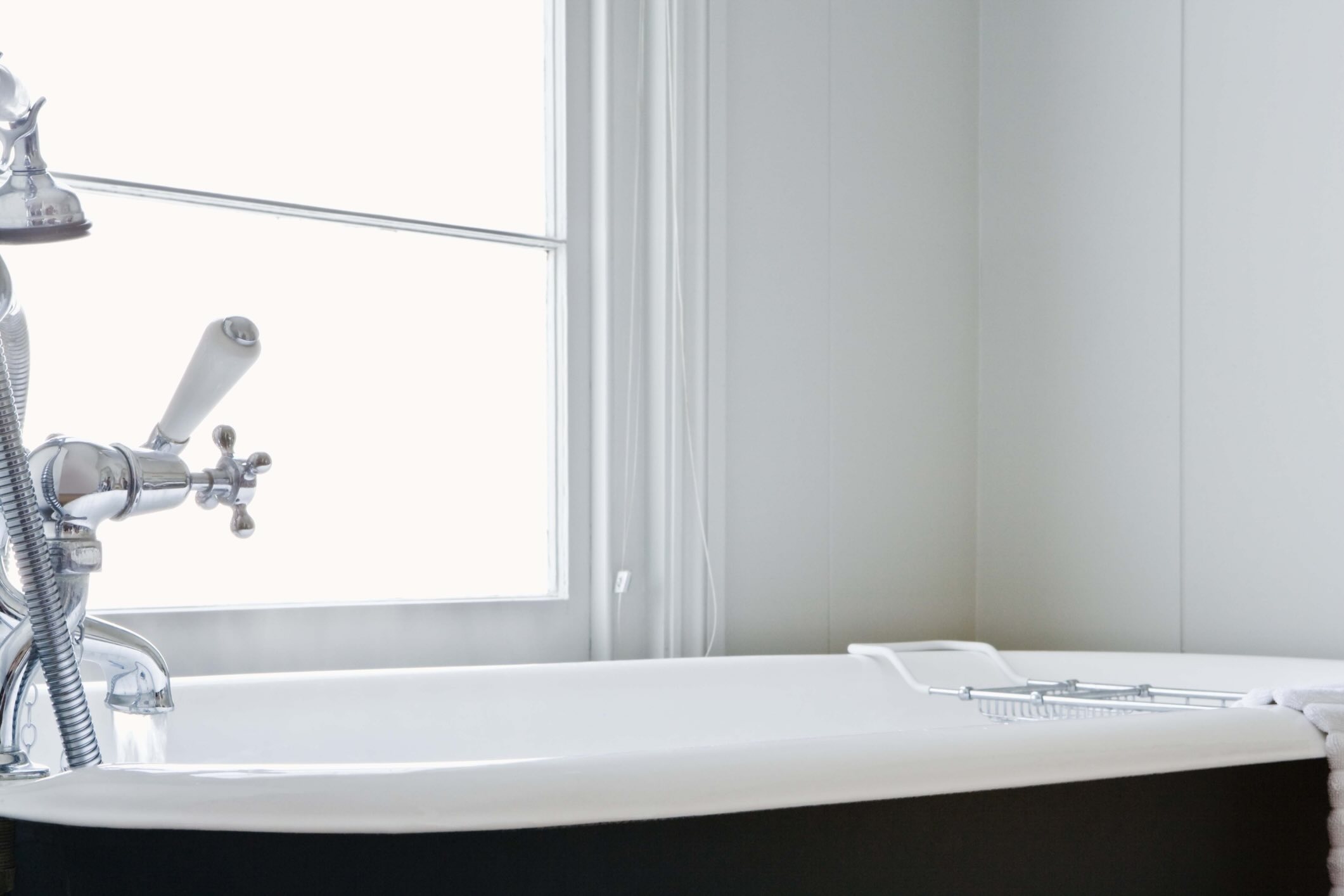
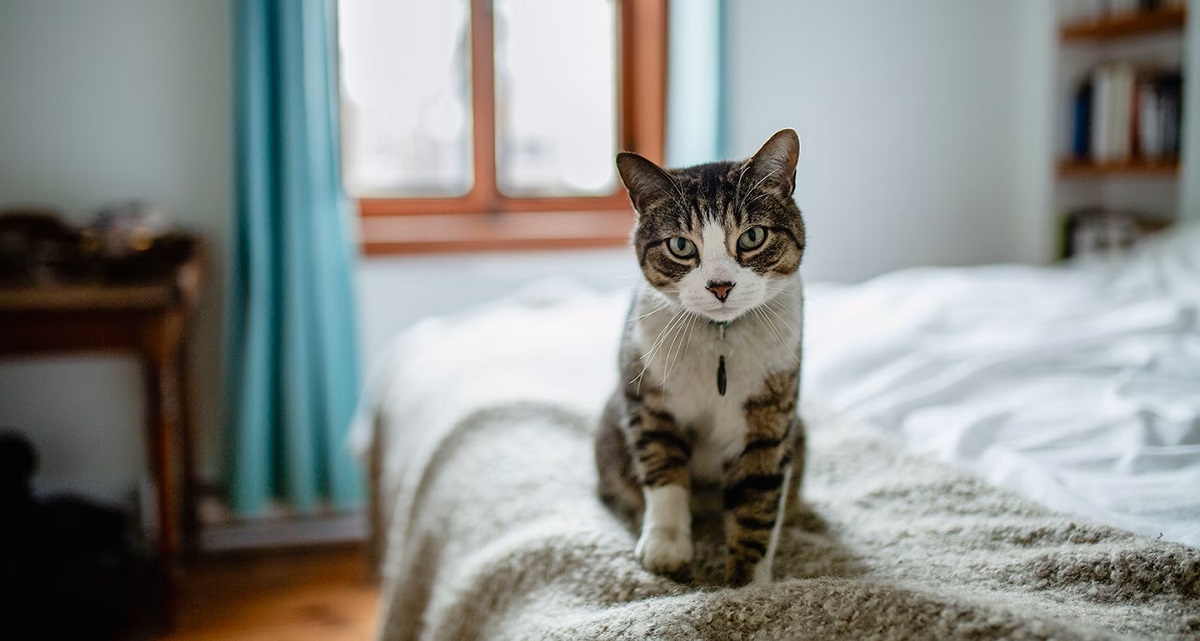

0 thoughts on “Why Is My Cat Scratching The Bathtub?”